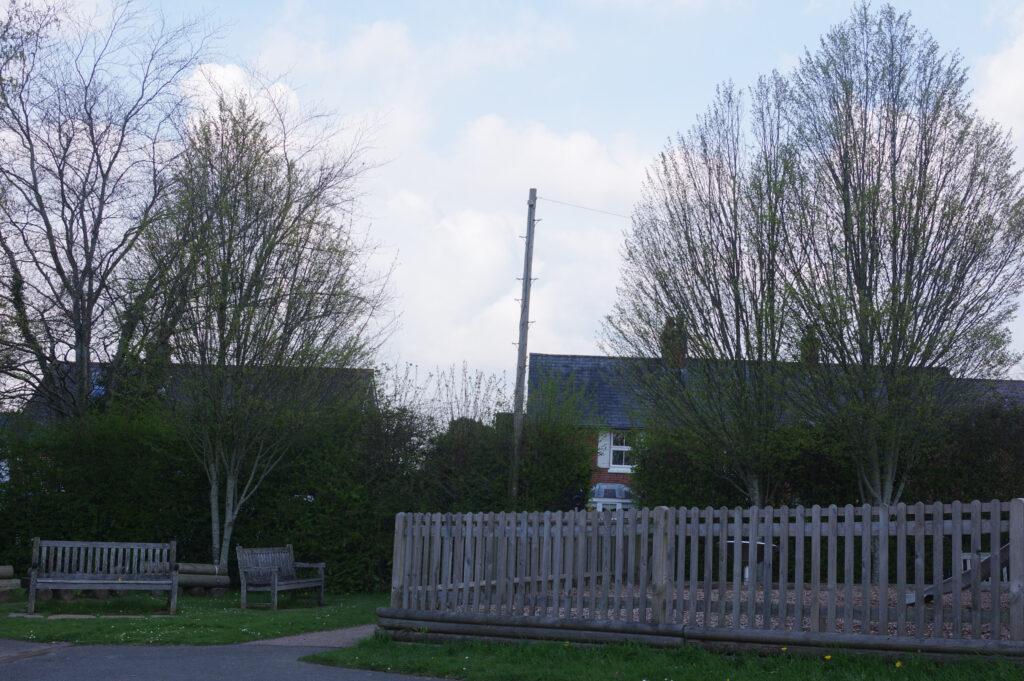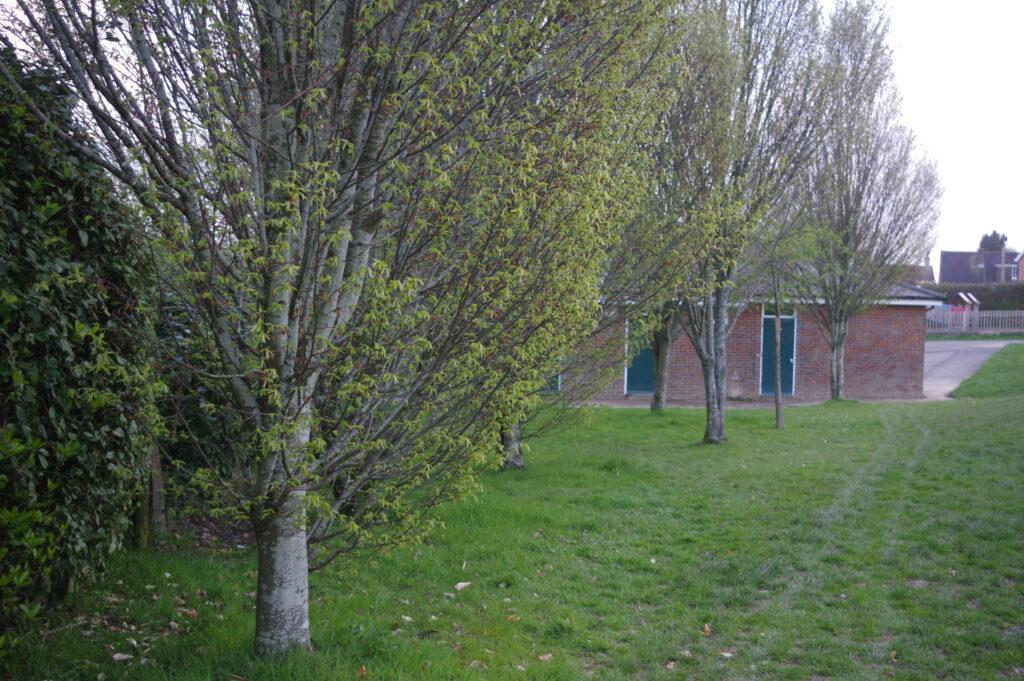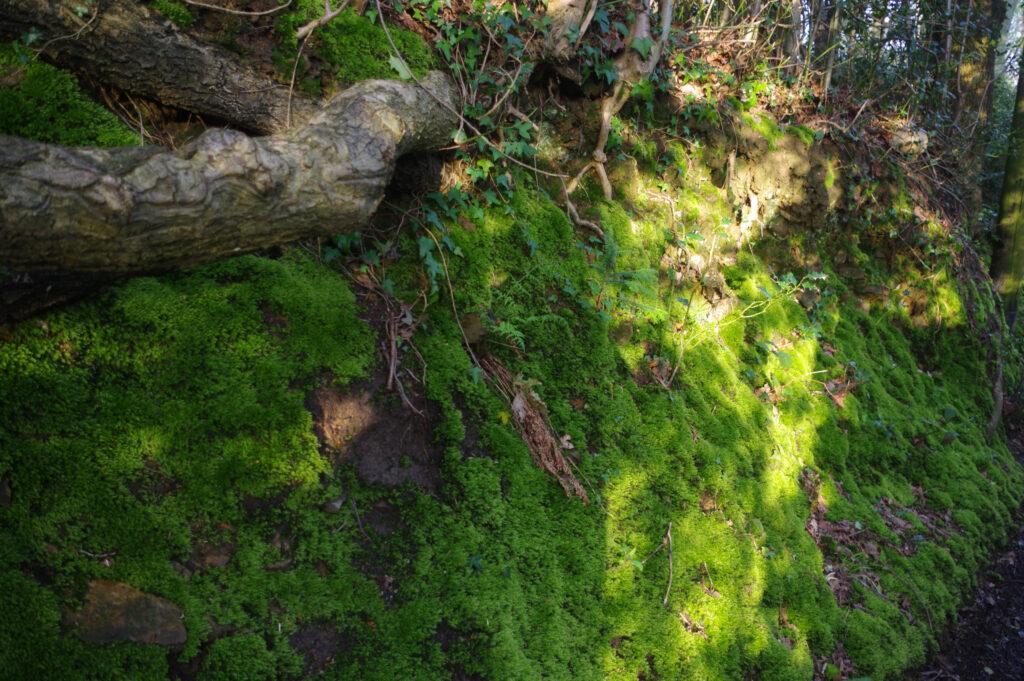Green infrastructure is about multi functionality of green spaces. Creating networks and linking between green spaces.
Conservation of natural resources is a key part of the housing and growth decision making process. GI is an important part of landscape planning.
In 2015, Brandon Lewis, MP, wrote to the Landscape Institute. In his letter he states; “The National Planning Policy Framework is clear that local planning authorities should set out a strategic approach in their local plans, planning positively for the creation, protection, enhancement and management of networks of biodiversity and green infrastructure. ”
Also, that “We (the UK Government will) continue to recognise and support the value of green infrastructure in contributing to sustainable development, improved physical and mental health and well-being, as well as a greater sense of pride in the local area.” For full details of the MP’s letter on Green infrastructure
Multi functionality of green infrastructure
Green Infrastructure is based on the principle that ‘protecting and enhancing nature and natural processes […] are consciously integrated into spatial planning and territorial development’.
These green spaces are multi functional. This larger scale approach to GI makes it vital in work towards tackling adverse effects of climate change and urbanisiation.
Green Infrastructure Strategy
This defines GI as ‘a strategically planned network of natural and semi-natural areas with other environmental features designed and managed to deliver a wide range of ecosystem services’ in both rural and urban settings (EC, 2013a).
One of the roles of landscape architects is to work with GI. This is with the aim to create better places to live and thrive. It is important to conserve natural resources. Natural landscapes linking and enhancement are key.
GI is thus a strategic approach to linked, multi functional networks of green spaces. Getting this right will have far reaching positive outcomes. These end results include improving mental health benefits for people via provision of views of green spaces, and via conserving wildlife. For instance, the sound of bird song and views of trees are known to enhance patient outcomes.


Sustainability and GI
Green infrastructure helps to enhance the sustainability of a town or city. Sustainability is vital in planning land use and decision making for the future benefit of society as a whole.
In particular this can counteract the adverse effects of climate change, higher temperatures and knock on effects, by regulating the adverse effects on water supply (drought) or excess surface water flows in peak rainfall events which can result in flooding. there is a duty to conserve wildlife and biodiversity, via conserving and promoting enhancement of green infrastructure.
The GI of network of green spaces may be in towns and cities or in the wider rural landscape. GI thus comprises, parks, open spaces. It also includes rural landscapes. These include countryside , woodlands, rivers and their flood plains. GI comprises large scale habitats. It includes lowland grassland. Also, major landscape features such as river corridors and lowland meadows make up GI. Green infrastructure management is focused on linking the green corridors.
Resilience via GI
Ecological networks are important. They create resilience in the natural landscape. GI can thus help us to combat the adverse effects of climate change. Green infrastructure at a landscape scale gives us a useful framework for landscape planning. Green Infrastructure is vital at a local grass roots level. LPAs consider GI in their planning decisions for developments such as housing and location of strategic growth areas.


How we can Help
Landvision have expertise in mapping of GI.
- We can use GIS to build a database of what GI is already present within a town ,city or district.
- Ground based vegetation mapping.
- Drone surveys to build a 3D map or image which can be used in GIS.
If you have any question about the above or want to know costs give us a ring on 01892 782200 or use the contact page
